How to Design Experiences with Architecture: Inviting Entrance
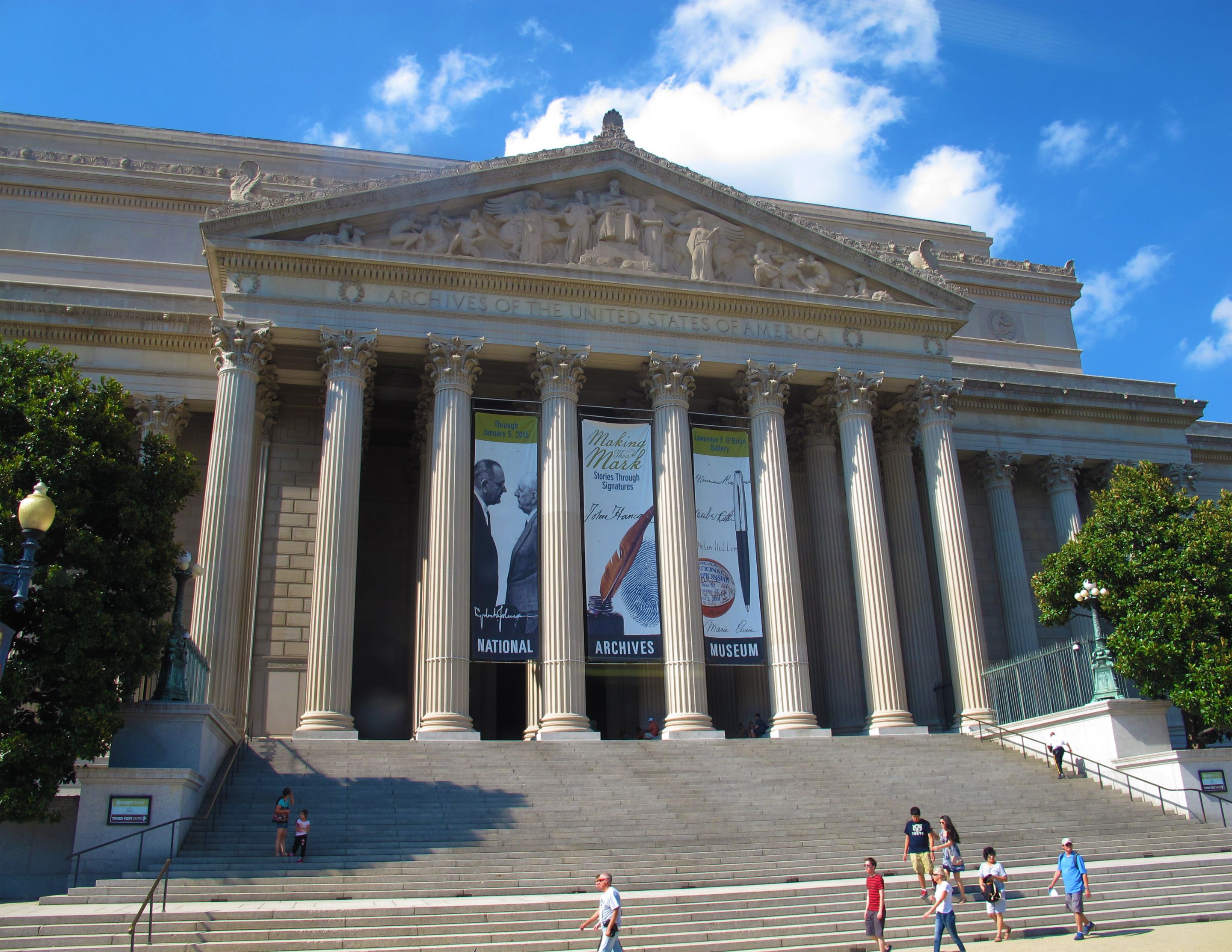
A Colonnaded Facade. Photo: © @storiesoferne
First impressions last. Like human interactions, the entry space of a built environment could either make or break a visitor's initial perceptions.
Let's continue our series of publications covering the various ways and means of creating valuable experiences through the powerful magic of architecture and design. In our previous post, we touched on the importance of a warm welcome in the various spaces we occupy. In this article, we are covering an equally crucial element: inviting entrance.
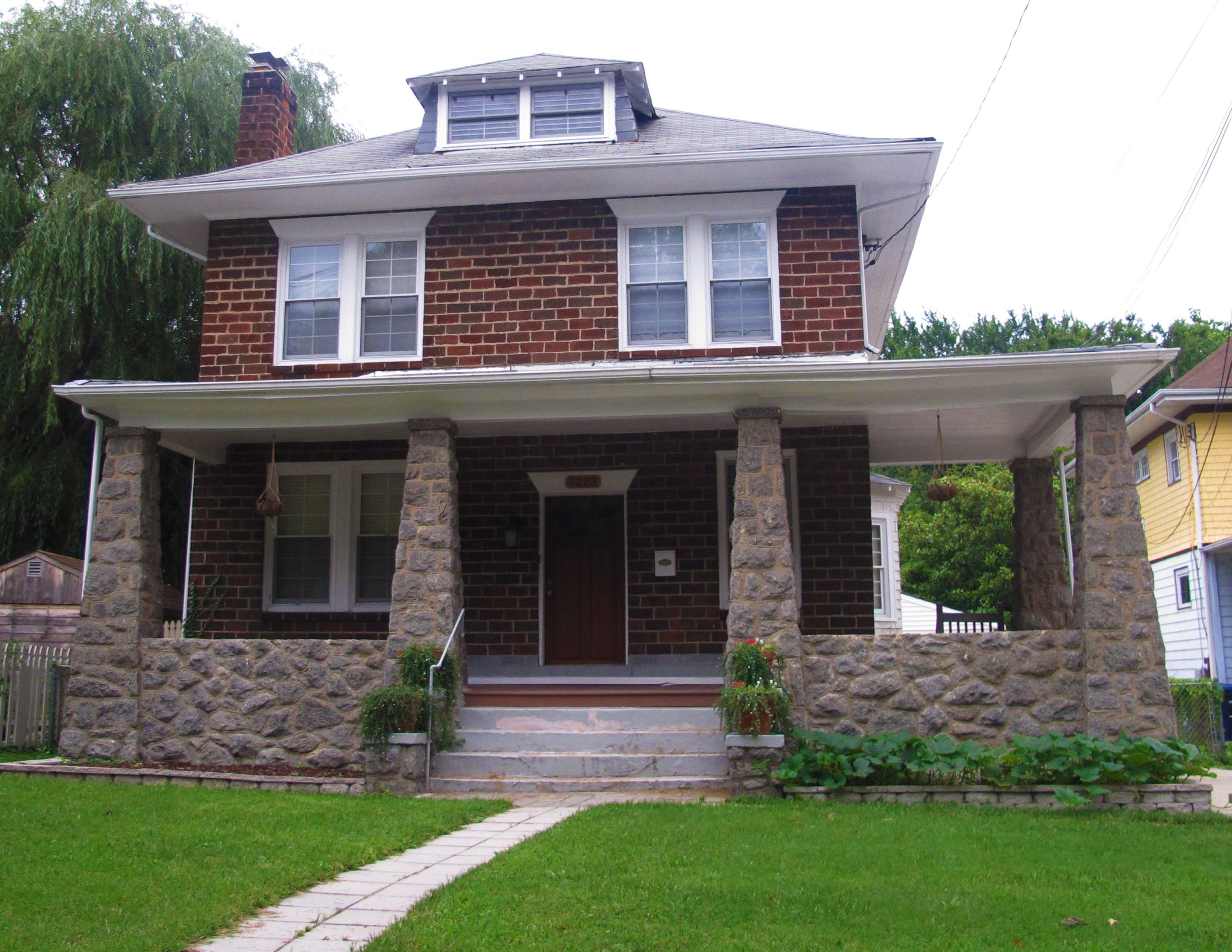
A Typical House Entrance. Photo: © @storiesoferne
When entering houses, buildings, and other habitable structures, how do you access the interior? By nature, people are automatically drawn to the front door, street gates, or any easily available point of entry. While a few unique projects don't make their entrances visibly obvious by secretly hiding them from plain sight, the majority of these transitional passages are strategically positioned to allow the smooth flow of guests from the public to private realms of our constructed world. This process is absolutely crucial in achieving the desired effect of a welcoming entry.
Defining the Entryway's Role
Imagine a date with a romantic interest. In order for both parties to win the hearts of each other and get involved emotionally, should they not dedicate efforts to enhancing their physical appearances?

Before anything else, the outer characteristic of an individual is one of the most important considerations when meeting for the first time, isn't it? Call it a standard prerequisite before gaining a favorable impression from others. The same holds true for architecture plus the rest of the tangible universe.

Protruding Entrance Foyer. Photo: © @storiesoferne
A welcoming entry entices you to be more curious about discovering the interior experiences beyond the exterior facade.
What does the interior ambiance look like? Is the inner sanctum as spectacular as its exterior design? Would my expectations be met after passing through the front door? These are the sorts of questions that affect a visitor's decision of whether or not to enter transitory points of places.
Types of Entrance Zones
Depending on the built environment's function, there are different types of entrances that serve their purpose according to the level of first impressions and emotional perceptions they provide to arriving guests and building occupants. In the architecture community, these are commonly known as the Regular Entrance, the Foyer, and the Service Access.
THE REGULAR ENTRANCE. This is a casual entryway that's typically not as spacious as a proper foyer. It typically comes in the form of a landing, hallway, or corridor instead of being defined by its own enclosure or room.
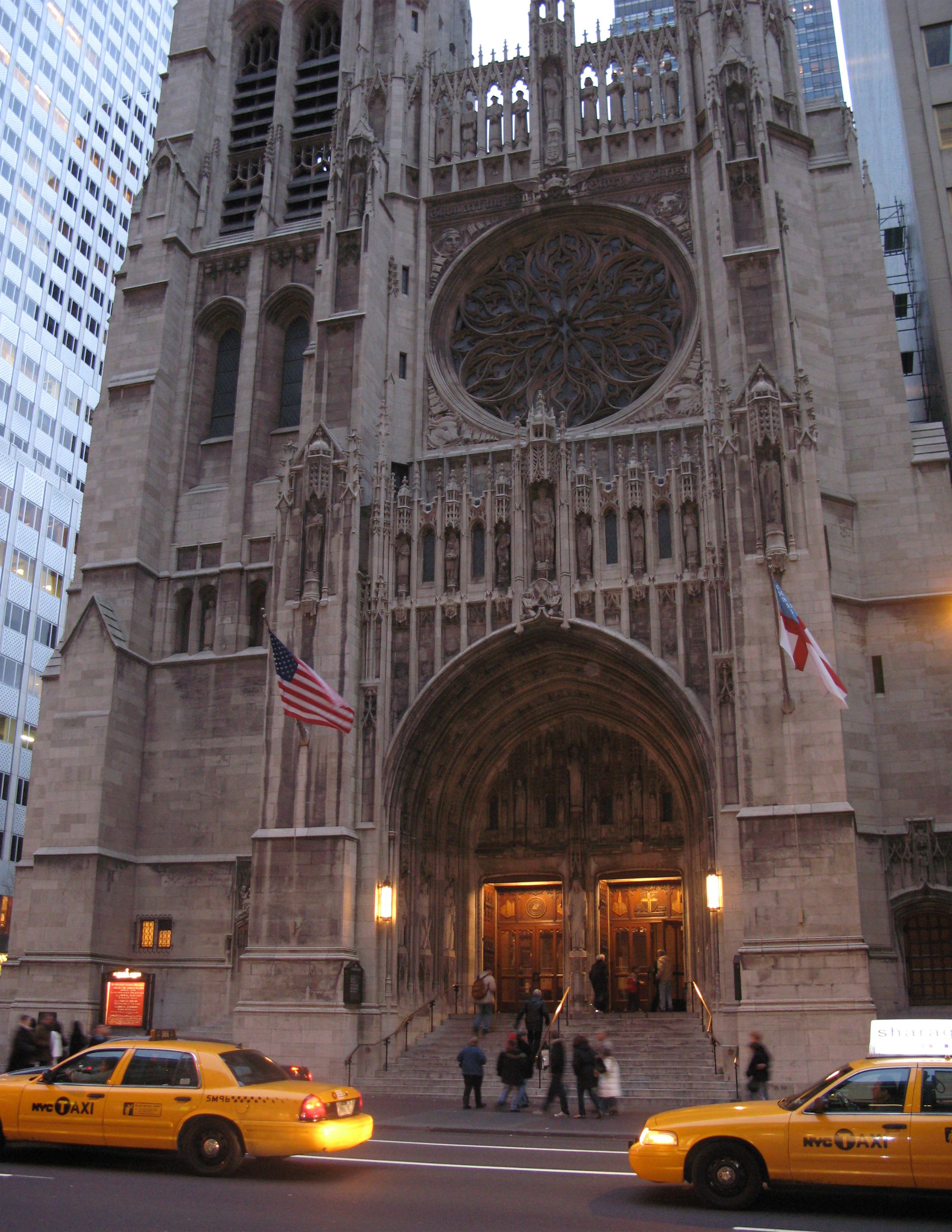
An Attractive Entry that Lures Visitors. Photo: © @storiesoferne

These access points are where homeowners, landlords, and building administrators are used as secondary passages, yet are meant to serve as primary portals for visitors, guests, as well as the occupants themselves.

An Ordinary Entryway. Photo: © @storiesoferne
THE FOYER. This strategic spot is more formal in nature than the other types of entrances. It's typically designed as an anteroom, minor lobby, or small reception area basically reserved to accommodate guests. Not only does the foyer serve as a temporary passage, but it also attracts visitors to other connecting rooms such as main living areas for homes, lounge spaces for offices, residential units, and hotels, plus other social locations.
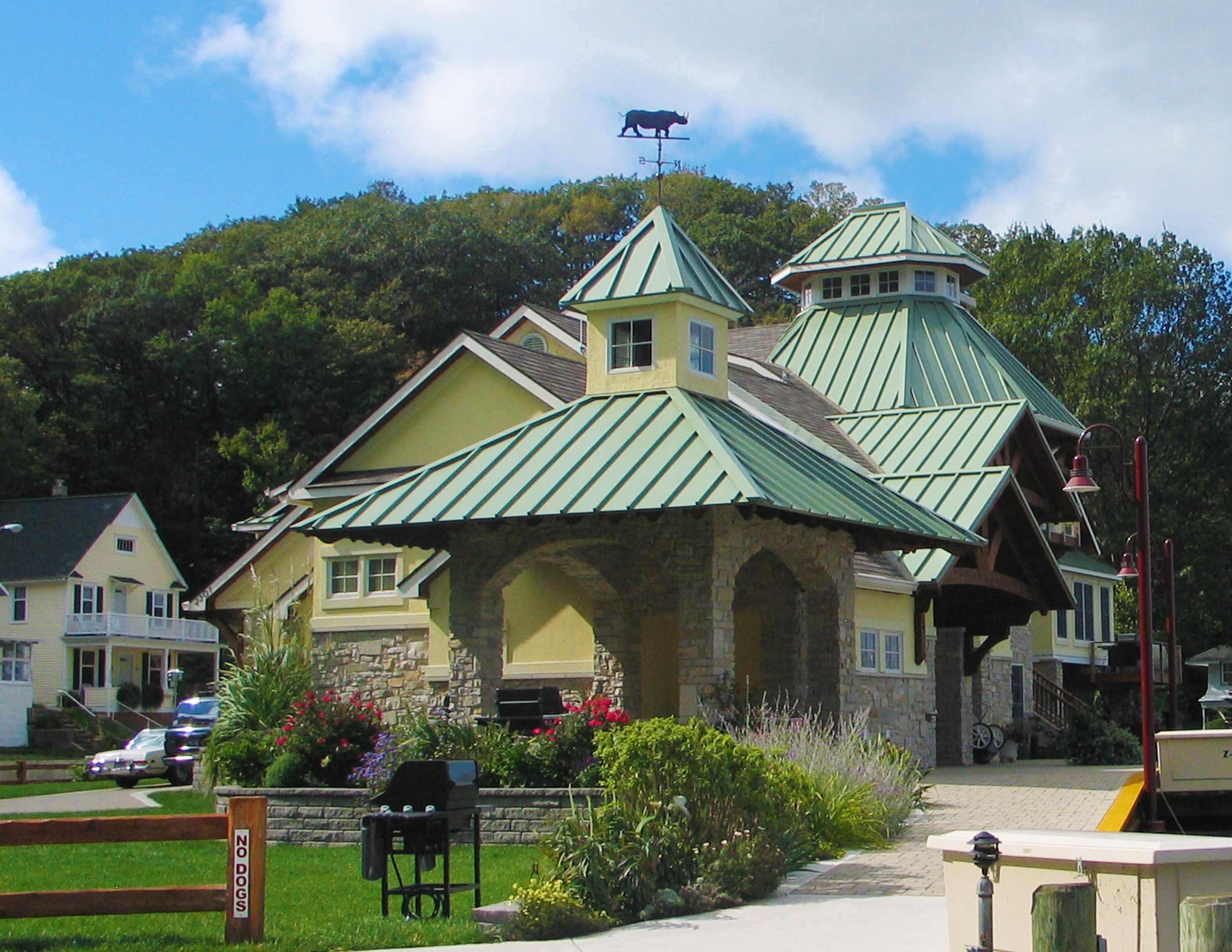
A Well-Defined Entrance Foyer. Photo: © @storiesoferne
THE SERVICE ACCESS. This entryway usually has a more utilitarian purpose and is exclusive for family members, building owners, and special occupants who don't need to access the front door. This particular room will typically be separated from the main entry, located away from the reception, and situated at the back of the house or building. Here, informal elements like storage for coats, shoes, and clothes are common.
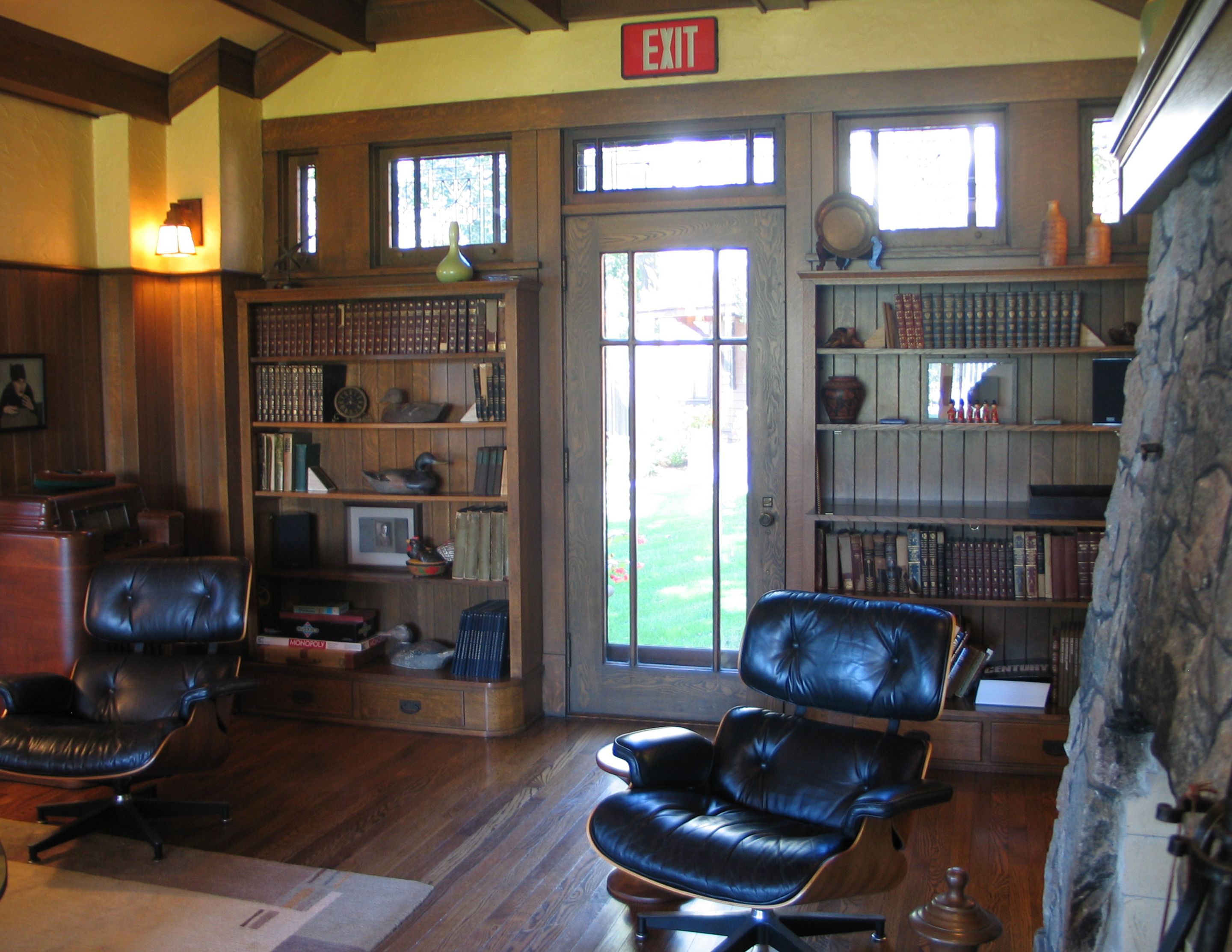
A Service Back Door. Photo: © @storiesoferne
All of the above entryways are meant to provide inhabitants, guests, and visitors the necessary comfort, convenience, or utility before transitioning into more secluded portions of the built environment.
In fact, these are the most appropriate moments where the effective tools of architecture and design come to play.
Architects, designers, and related professionals must craft exterior facades that offer hints, teasers or exciting previews that directly lure guests to the entrance, also providing them the opportunity of imagining what could be within the interior spaces of the buildings they visit. Upon entry, the feeling of a warm welcome and hospitable reception must also be established to ensure a smooth arrival experience.

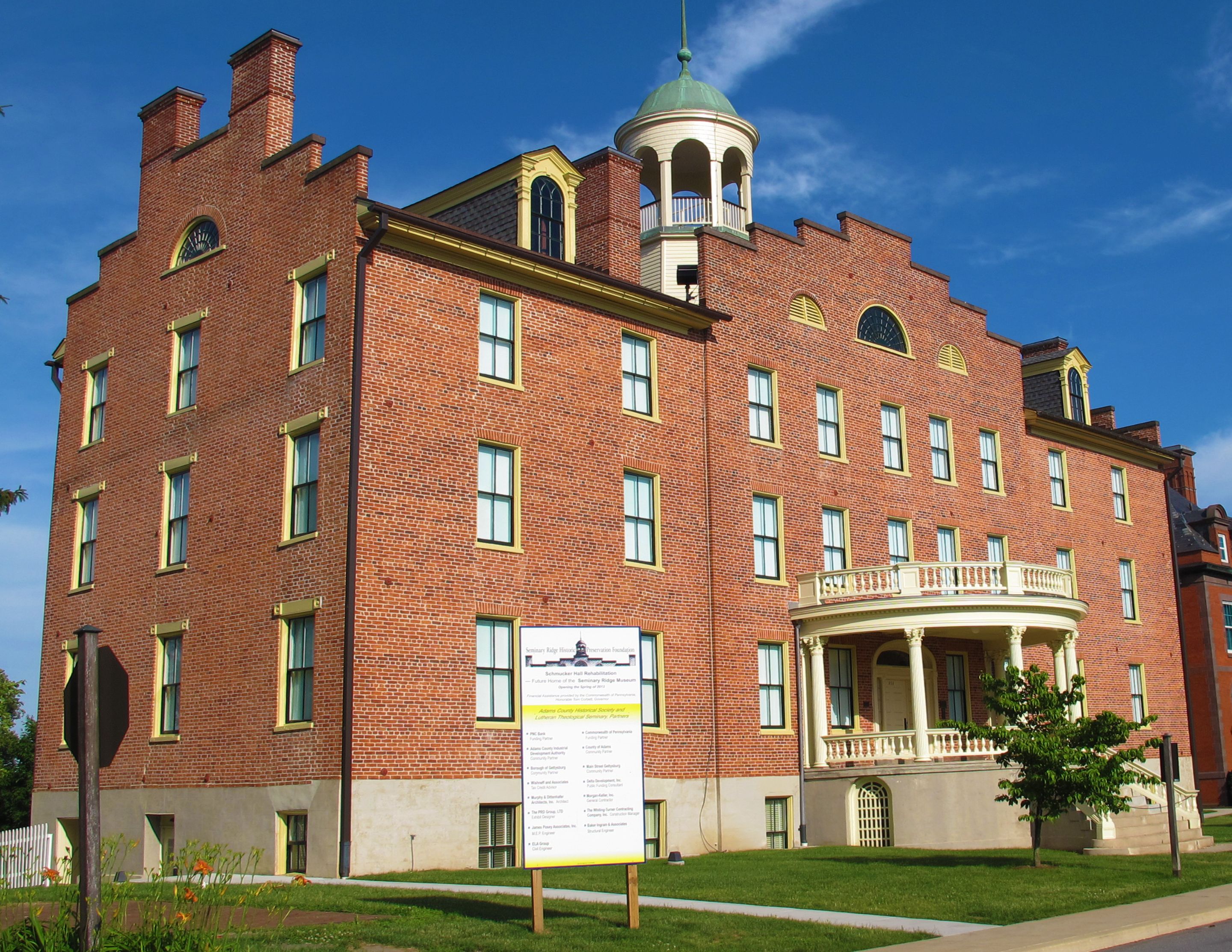
A Receptive Entrance Space. Photo: © @storiesoferne
A confusing, disorganized, and unwelcoming entrance will only cause havoc and will definitely repel guests. By creating a magnetizing entryway that's aesthetically pleasing, functional, and comfortable, these favorable activities and processes are set up for success.
As a result, a positive impression would serve its true purpose. And with that, you have surely triumphed in the initial steps of demonstrating an authentic hospitable experience.

A Successful Access Point. Photo: © @storiesoferne
Techniques for Designing an Inviting Entrance
Now that you're already aware of the kinds of entryways in our physical surroundings, aren't you wondering what makes these relevant spaces click? How do we achieve the desired atmosphere for people to experience an inviting entrance? Here are some key elements, valuable factors, and pragmatic methods to be considered:
DESIGN A WELCOMING APPROACH. Viewing from the walkway, street, and other outdoor paths, wouldn't you be attracted to an entrance space that's visually appealing, compelling to the senses, and emotionally responsive? To achieve this, decorate the place with natural elements like plants, shrubs, flowers, and wooden finishes, use ample lighting, experiment with accent colors, play with dimensions of components, and be truly receptive
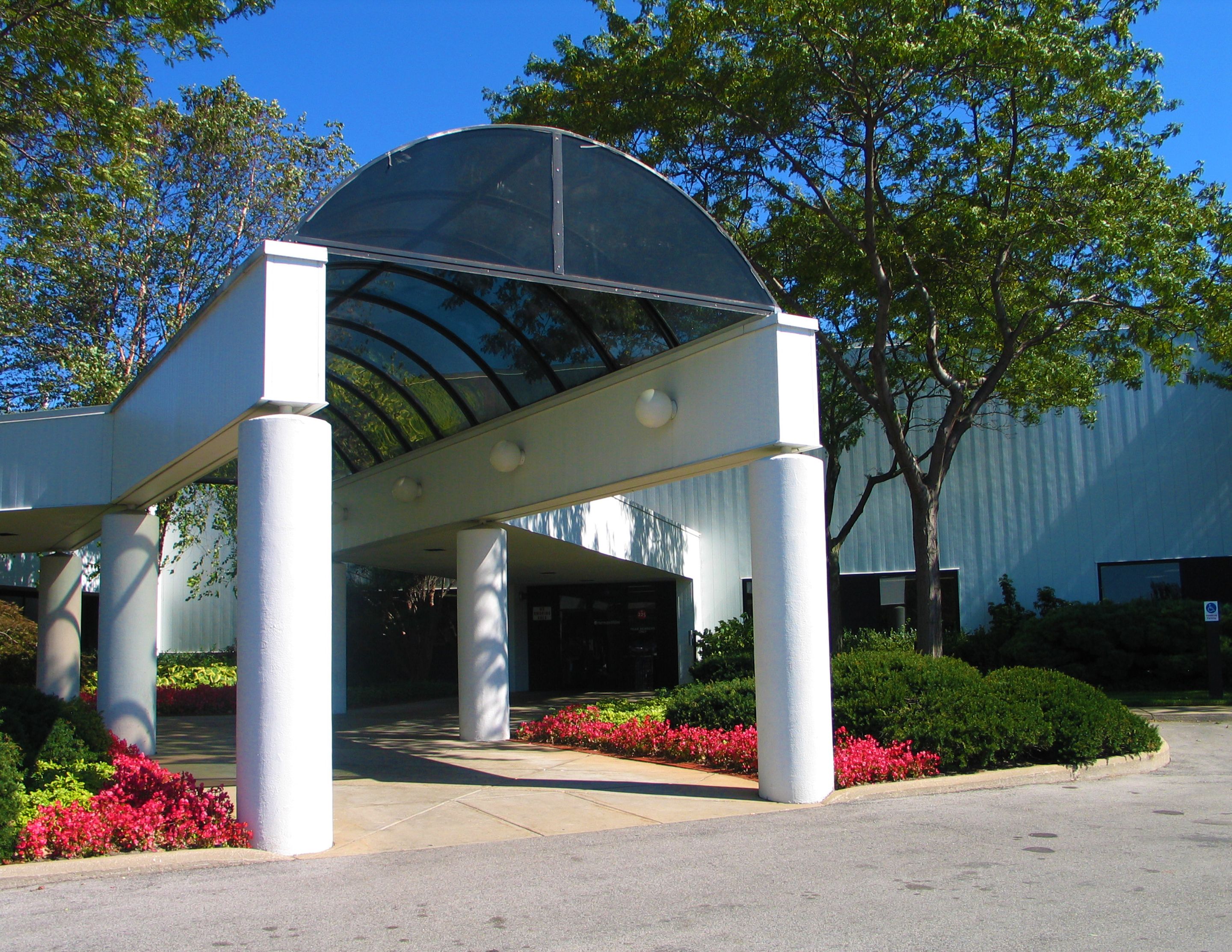
Entrance with a Warm Welcome. Photo: © @storiesoferne
ALLOW A TRANSITION. Entrance passageways can take advantage of interior design elements such as textural walls in wood, paint, or other decorative material, a different floor finish, interesting furniture pieces, plant boxes, and accented artifacts that mark the threshold between the outdoors and indoors.

These materials necessarily don't need to be expensive as you can cheap resources splashed with creative thinking.

A Transitional Space. Photo: © @storiesoferne
INSTALL A STYLE PREVIEW. Whatever architectural character you are using throughout your house or building, the entry space must also reflect these design qualities. For example, if your project uses lots of wood, metal, rustic furniture, and other industrial features, these exact materials must likewise be added to the entryway's overall ambiance. Replicating this mixture at the entry provides guests with hints of what's exhibited within.
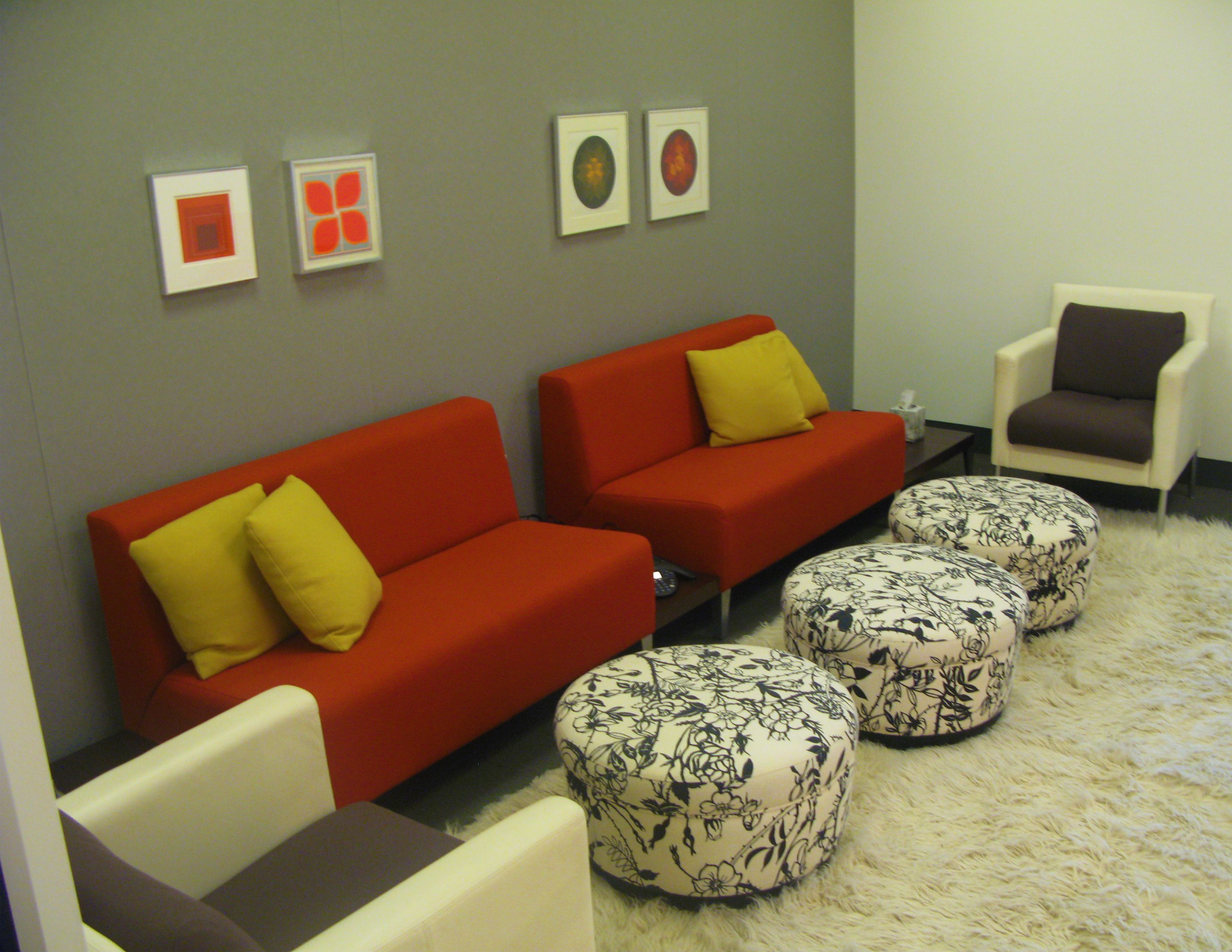
Sampling of Design Signature. Photo: © @storiesoferne
CRAFT AN ARTISTIC NARRATIVE. Because foyers, entryways, and transitional spaces are small in scale, doesn't mean you can't exercise a huge impact. From these points of access alone can you tell what kind of interior environments you're dealing with. If for instance, your entrances have a minimalistic vibe, you would probably expect the same design signature throughout the rest of the house, building, or establishment.
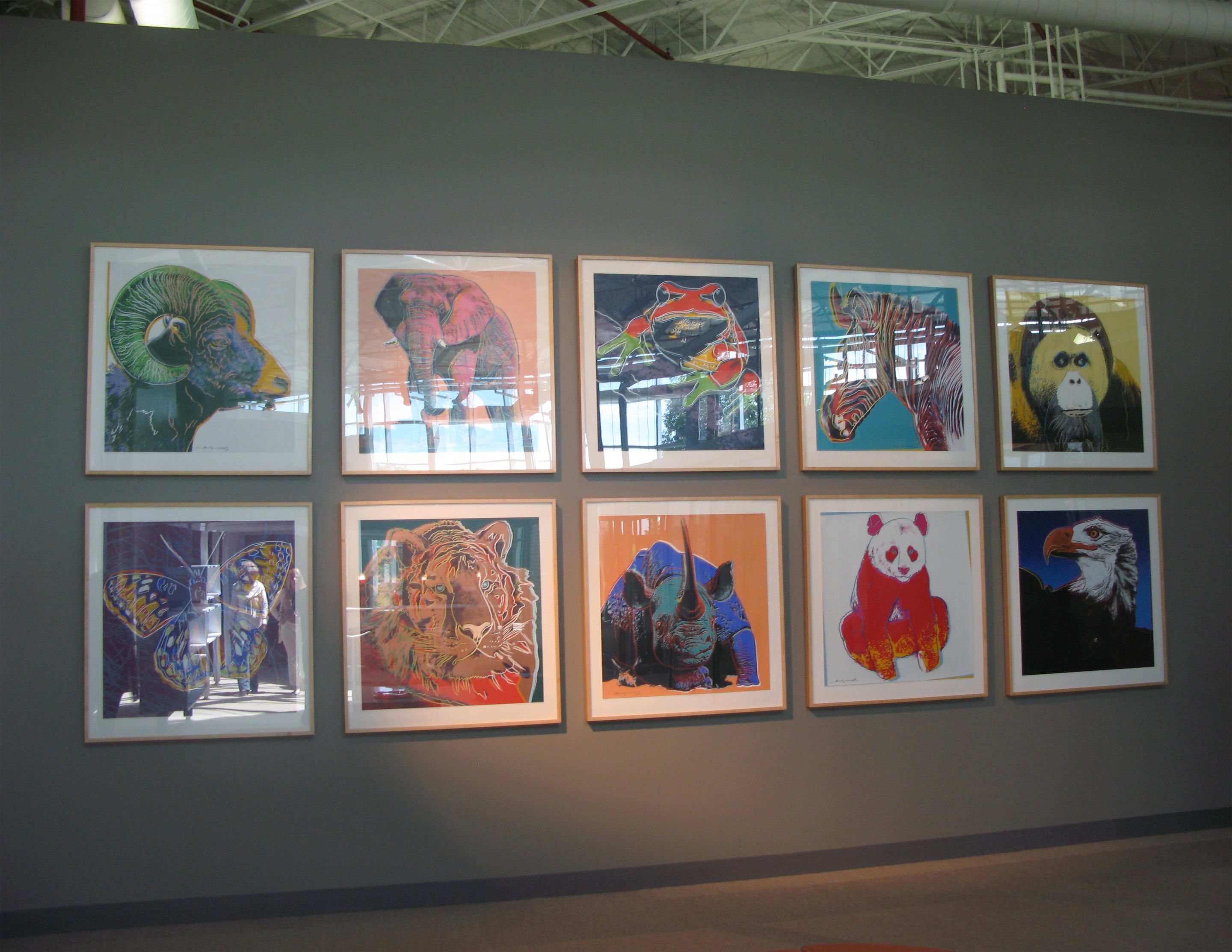
Entryways Must Tell Stories. Photo: © @storiesoferne
USE THE IDEAL SCALE. A miniature chair in the midst of a luxuriously themed foyer is obviously a failed attempt in achieving the correct balance. To illustrate, if you design an entrance space that has a grandiose concept with high ceilings, then all related dimensions of incorporated elements like furniture, artwork, mirrors, etc. must also unite with the area's intended ambiance. Using contrasting items would only degrade the environment.
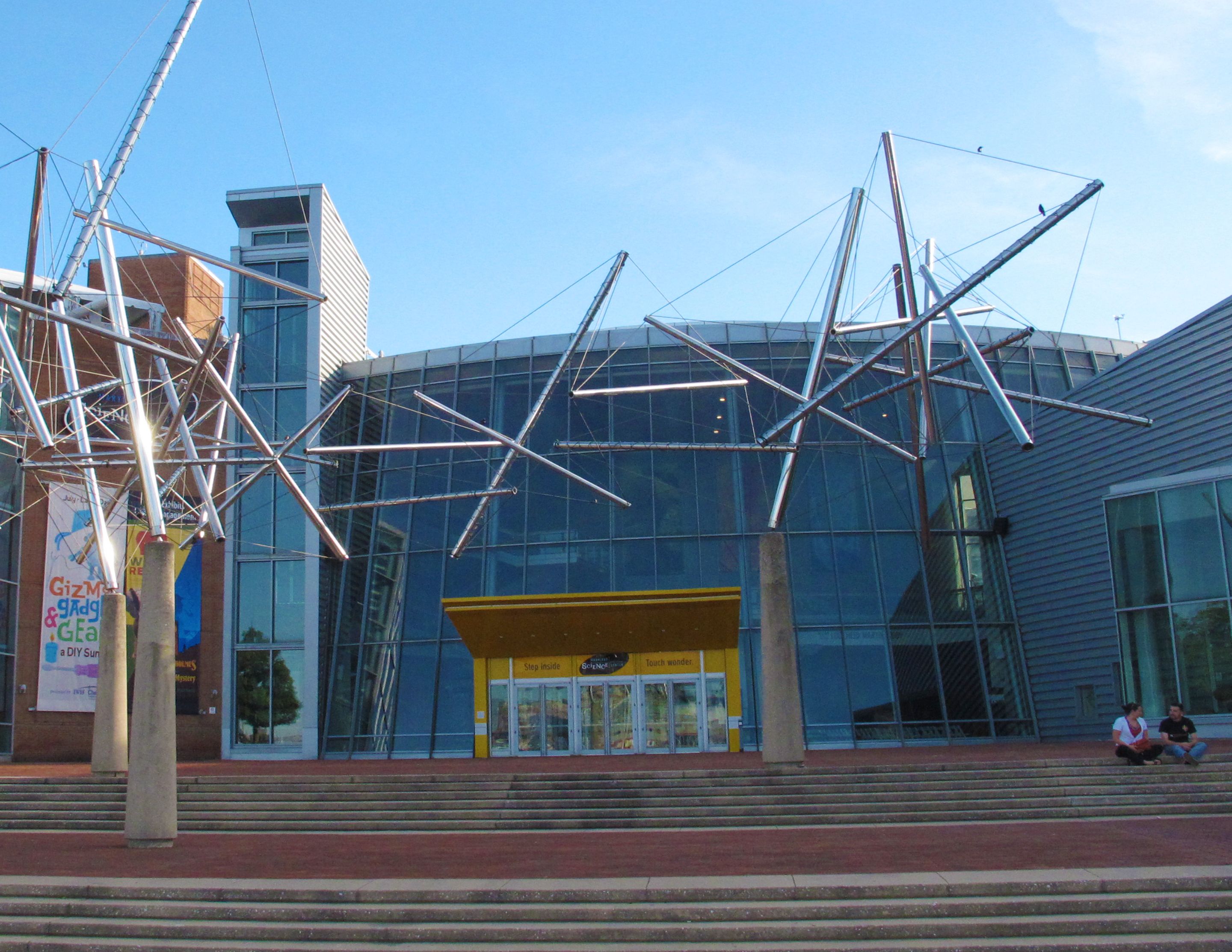
The Proper Scale Matters. Photo: © @storiesoferne
When conceptualizing and fabricating an inviting entrance, it simply pays to be aware that creating initial impressions does not only mirror your fabulous home, office, or other relevant space but also showcases your significant personality.
Concluding Insights
We all desire our homes, workplaces, and buildings to be comfortably attractive to guests and visitors.


The Entrance Reflects Your Authentic Character. Photo: © @storiesoferne
By mindfully designing these initial places of contact with the outside world, we also provide the opportunity for onlookers, passersby, and the public, in general, to be charmed by our captivating entryways. The plethora of design processes we've just discussed are simply some of the tried and tested ideas for realizing these inviting entrances. As those applicable concepts are not set in stone, it helps to be flexible and
open to future innovations triggered by research and developments in the ever-changing fields of architecture and design. A side study of social psychology would also tremendously assist architects, designers, or non-technical individuals who are revitalizing the critical connections between human behavior and the built environment. Without continuous learning, we are absolutely terminating our growth for good, aren't we?
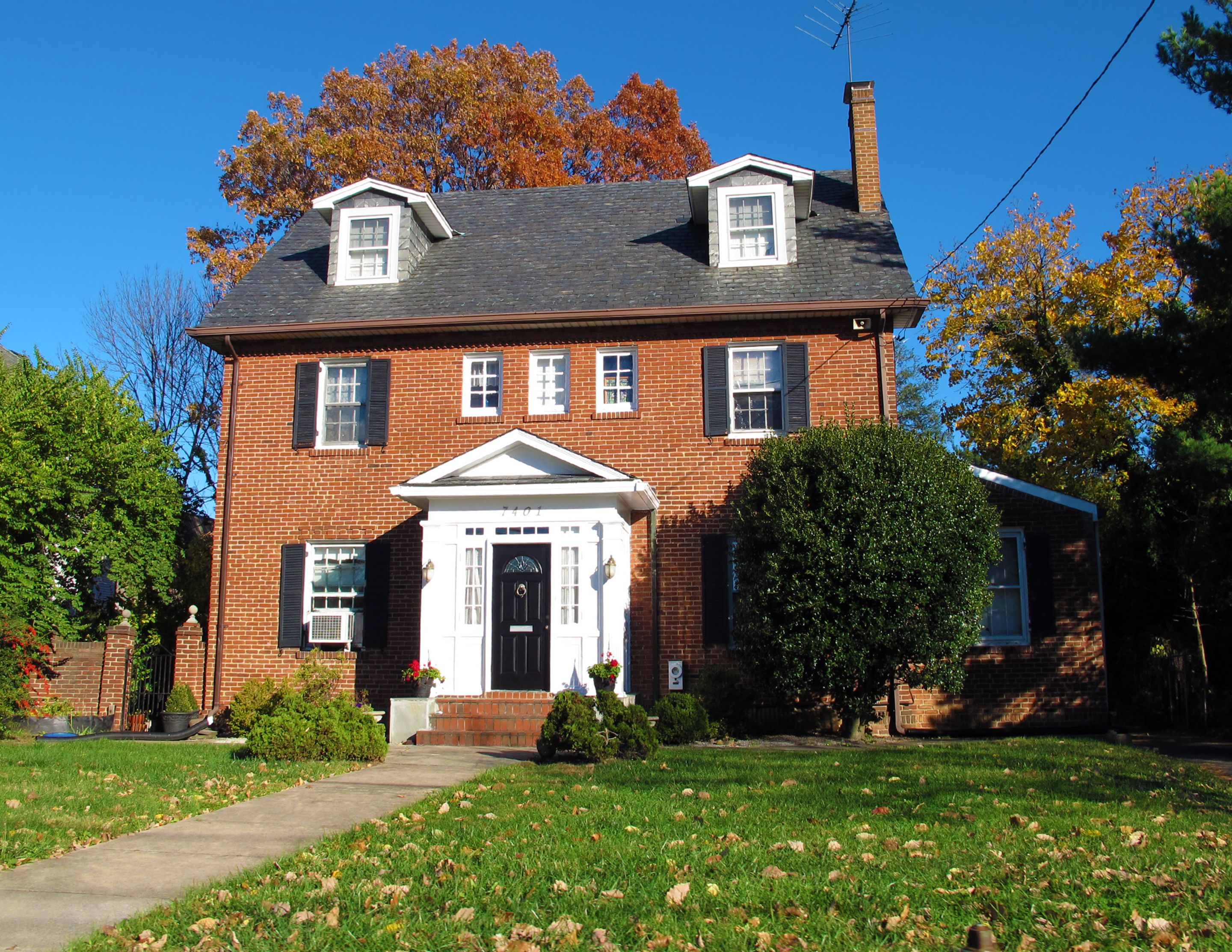
Entry Spaces that Create Lasting First Impressions. Photo: © @storiesoferne

#Hive, are you concerned about your front doors, entryways, and access points? What other useful methods could you add to our existing list of design processes? Feel free to share your interesting thoughts in the comments.
OTHER POSTS IN THE SERIES:
How to Design Experiences with Architecture: Warm Welcome


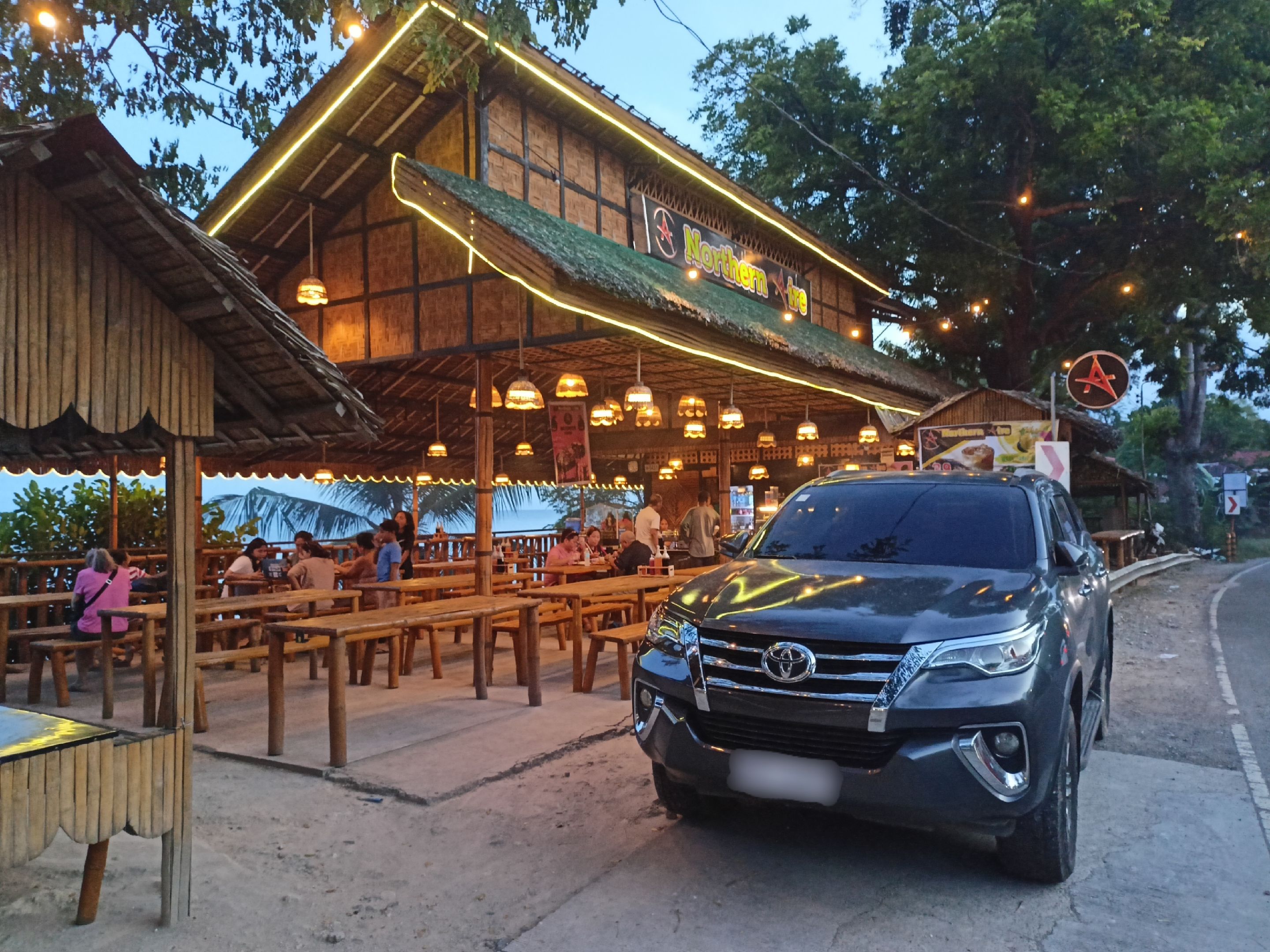

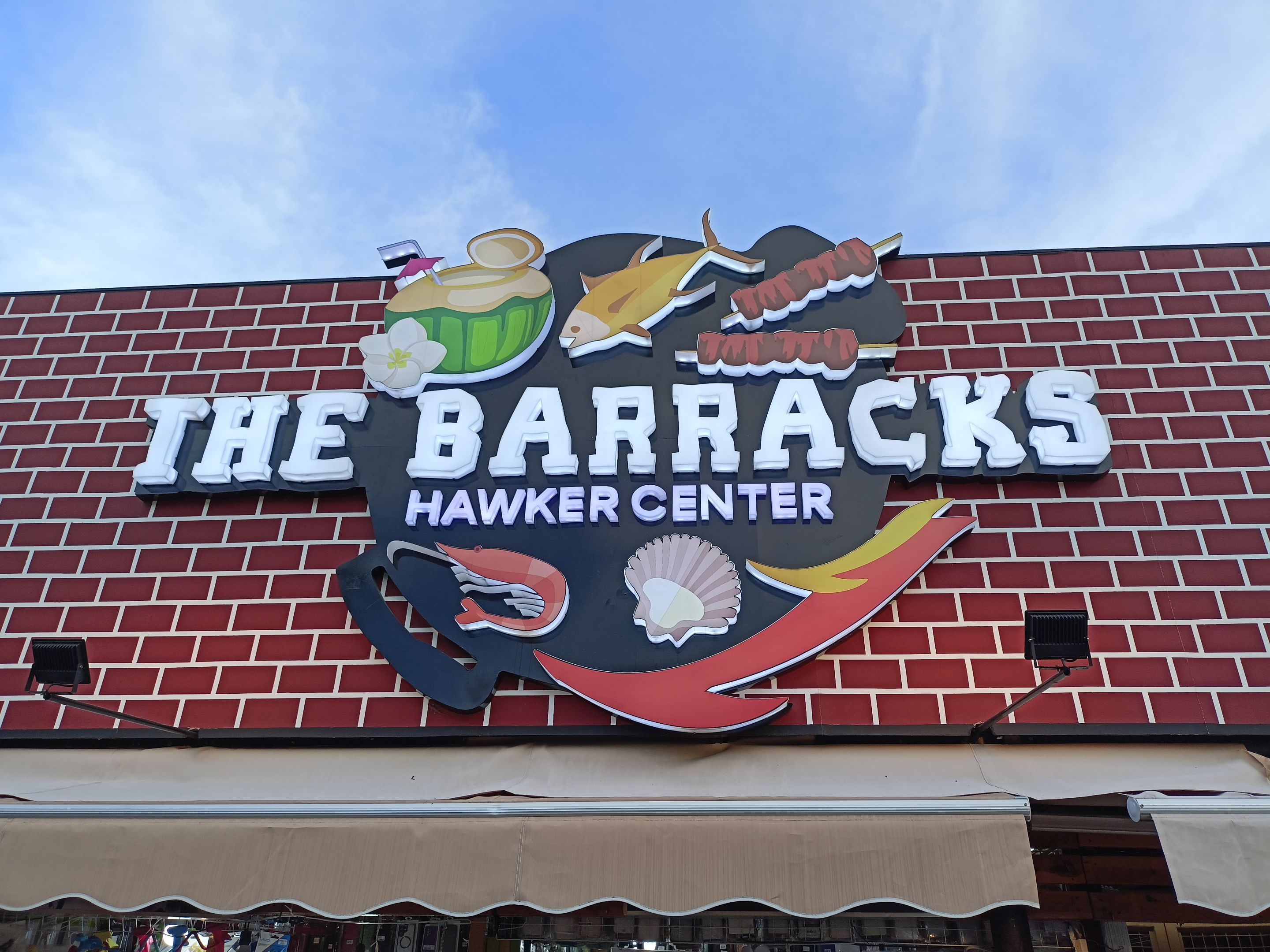

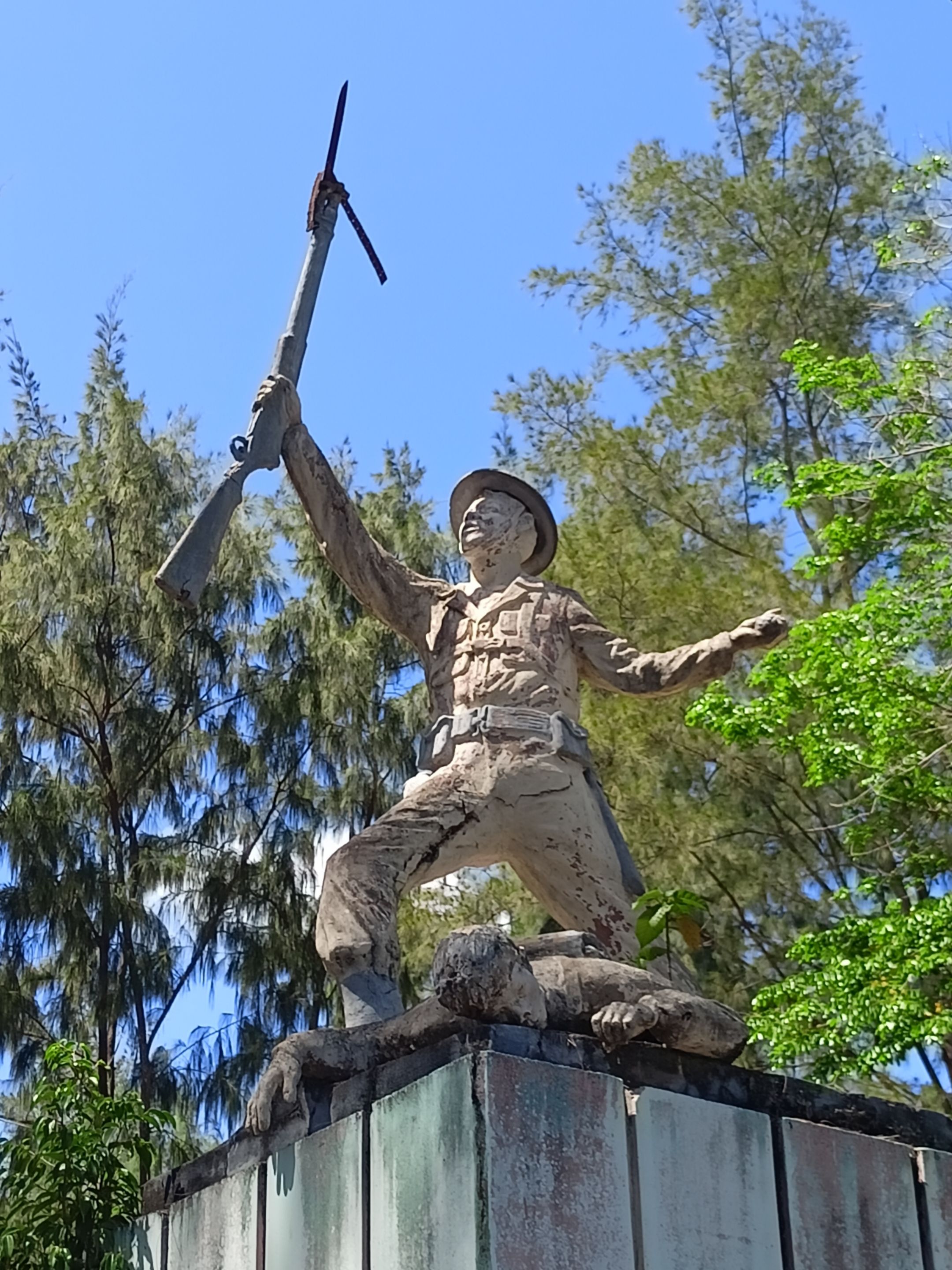

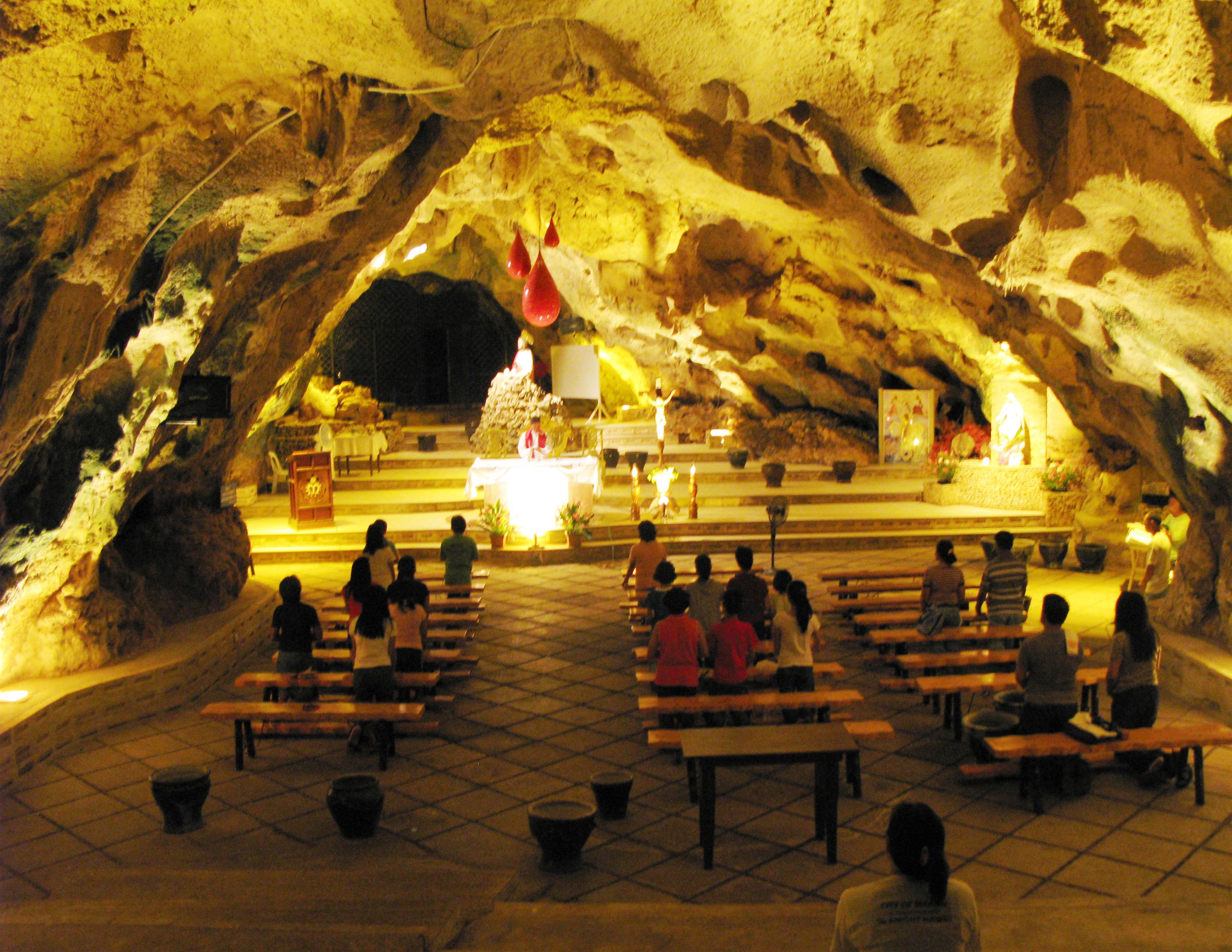
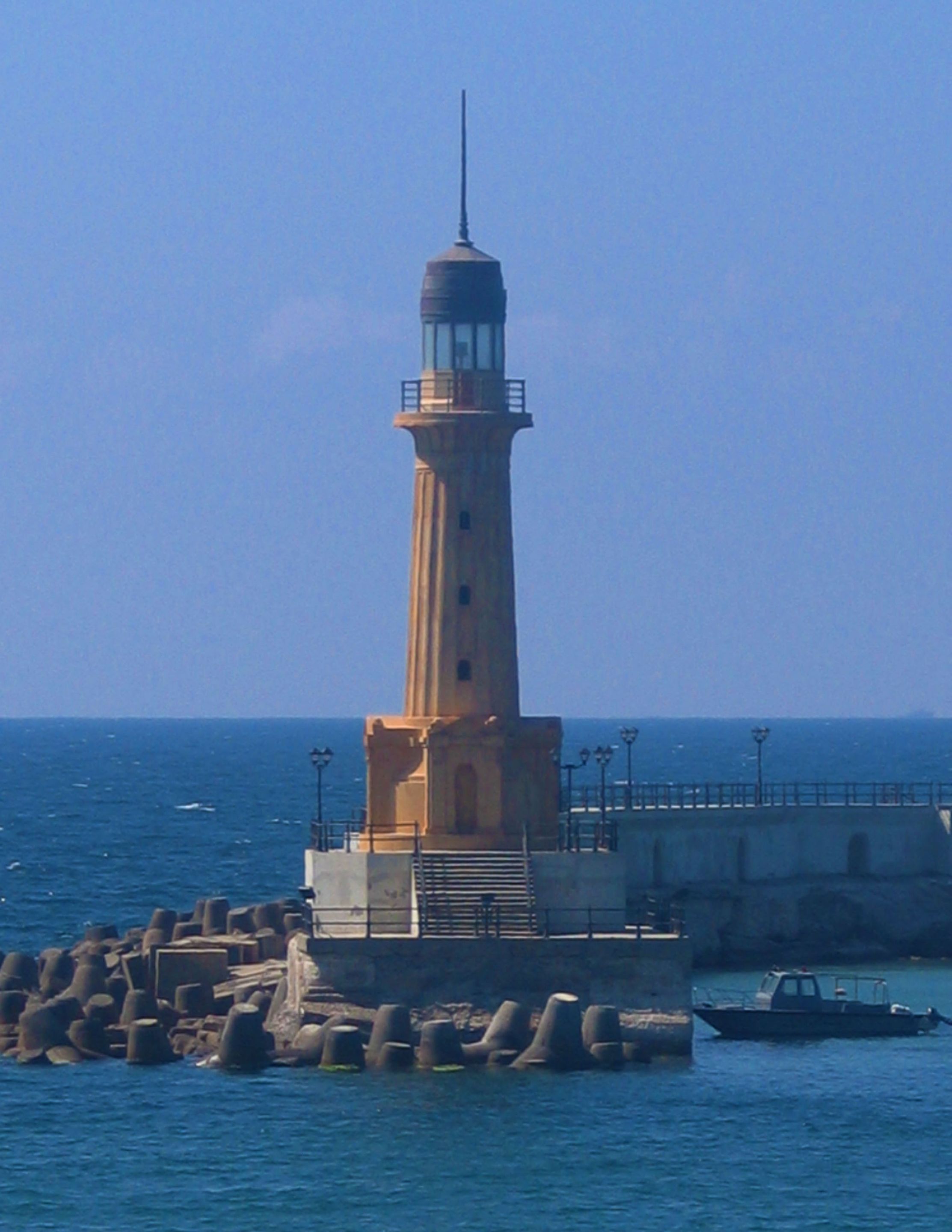
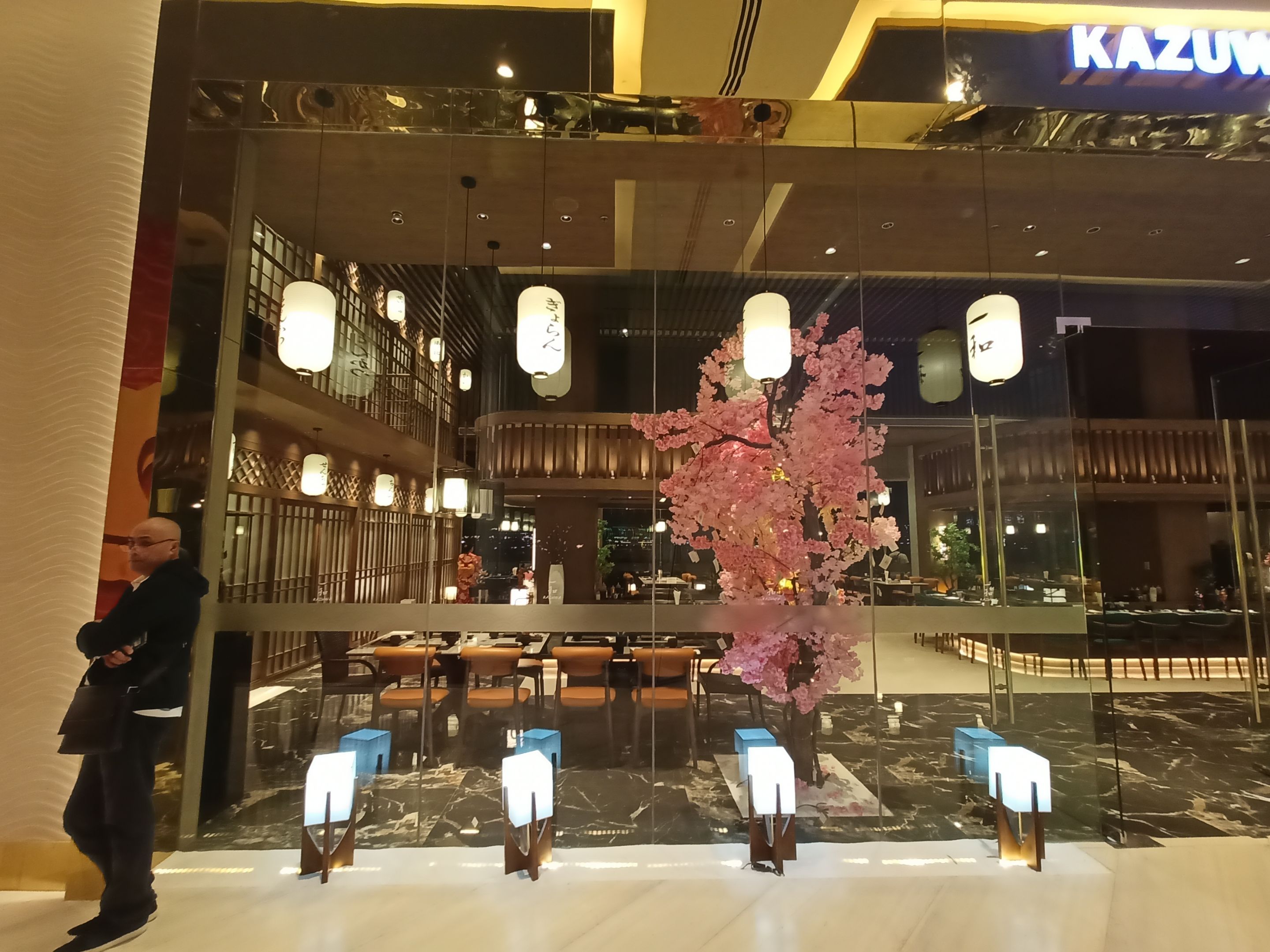
Comments